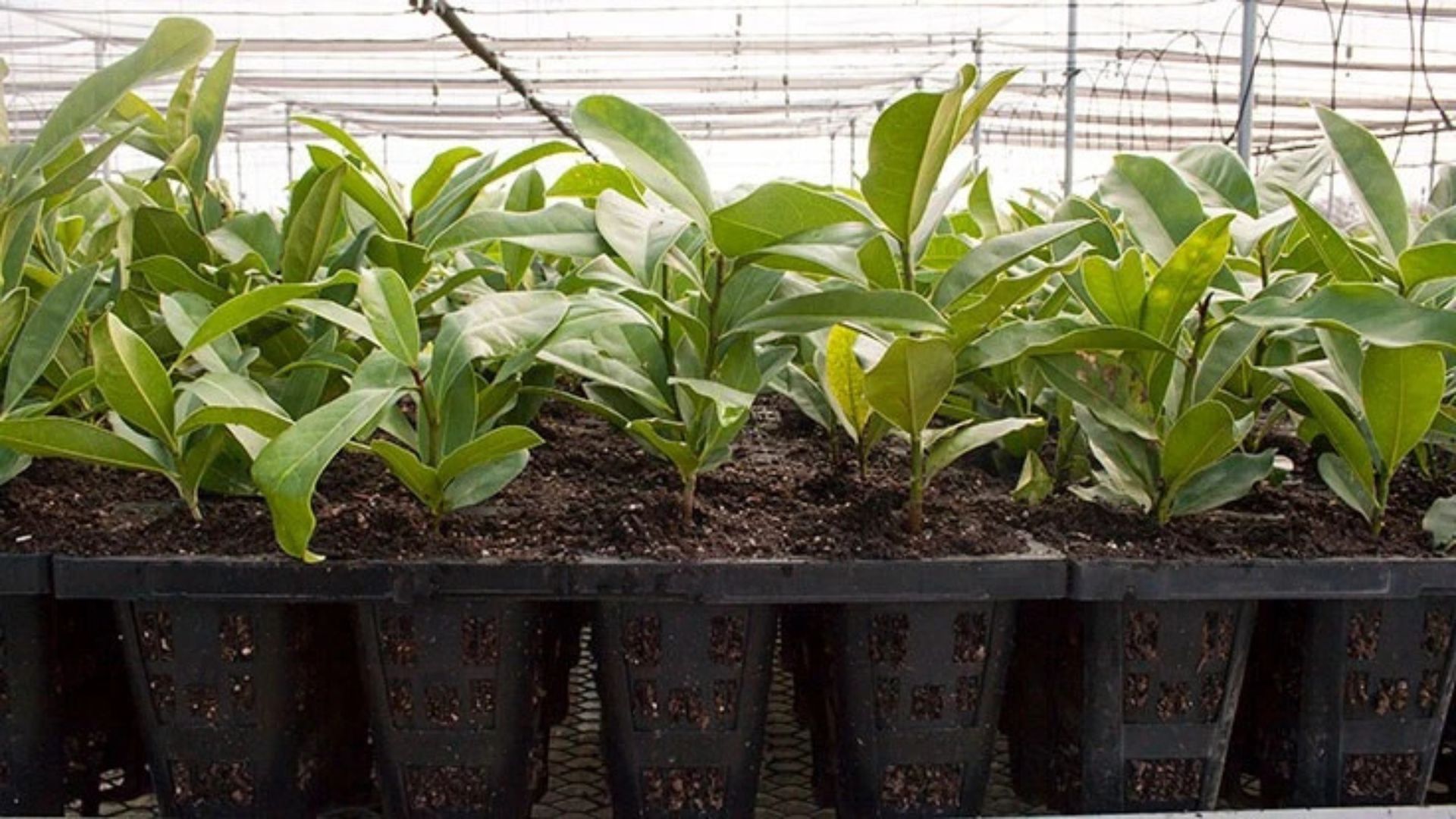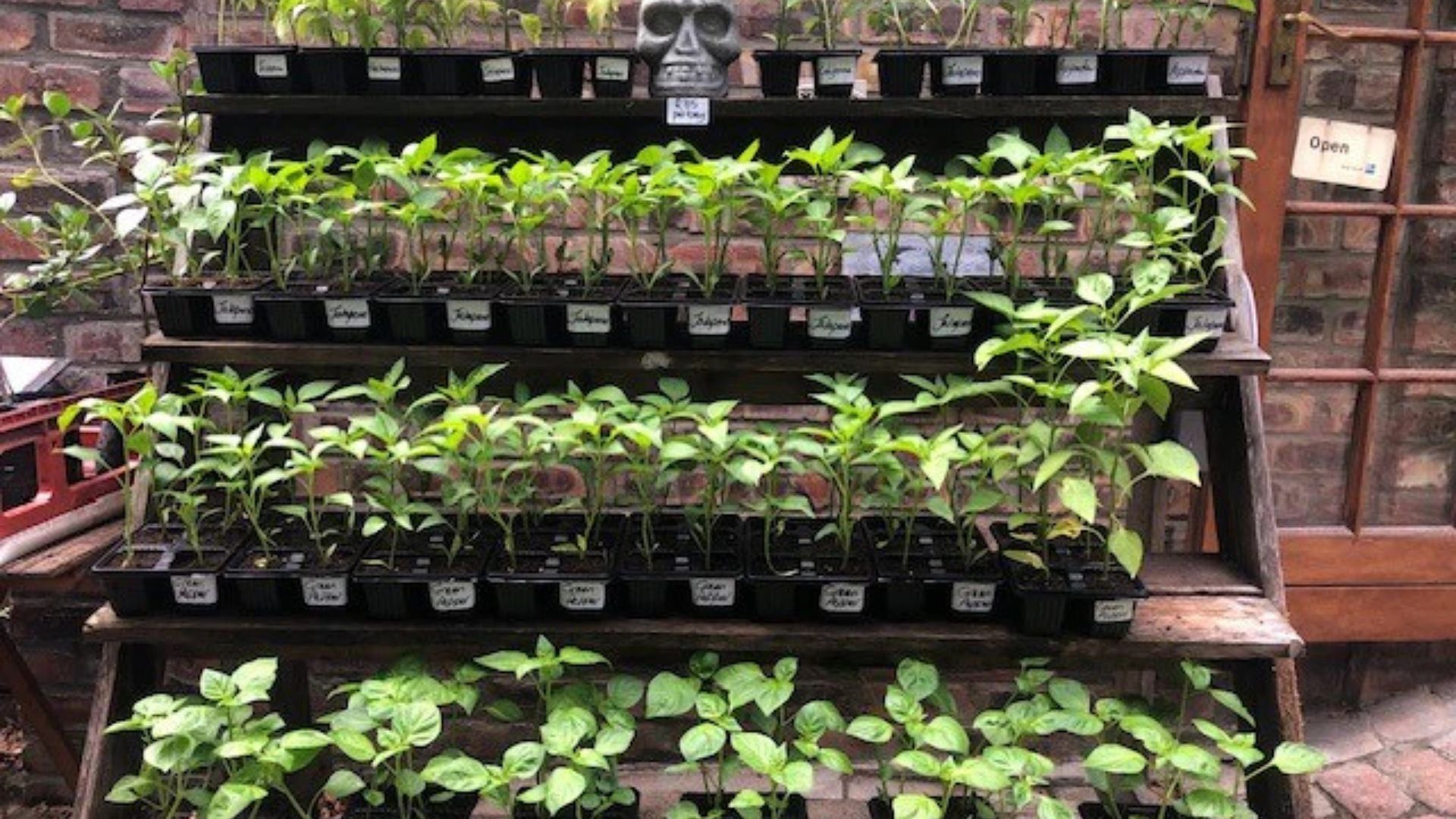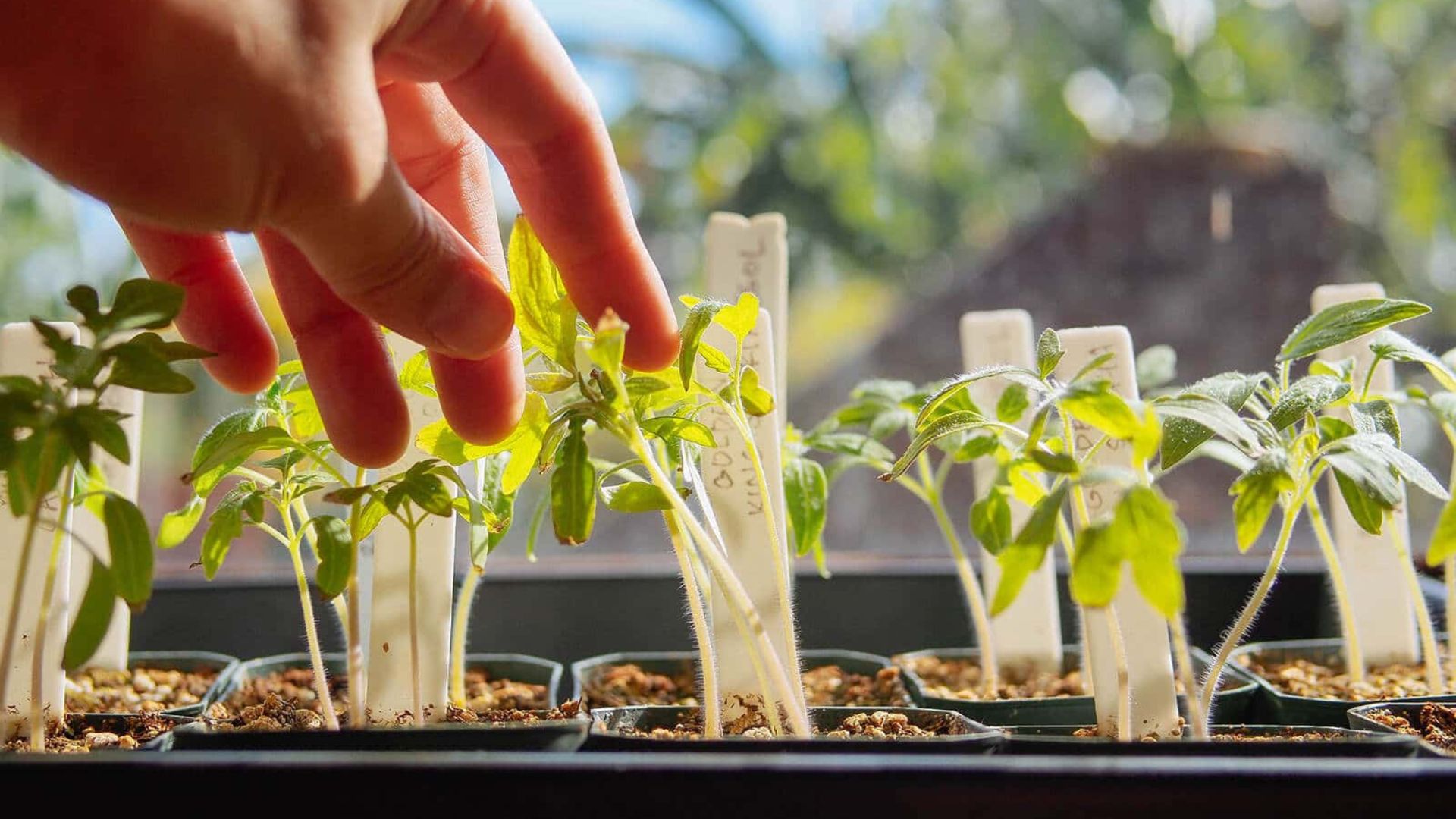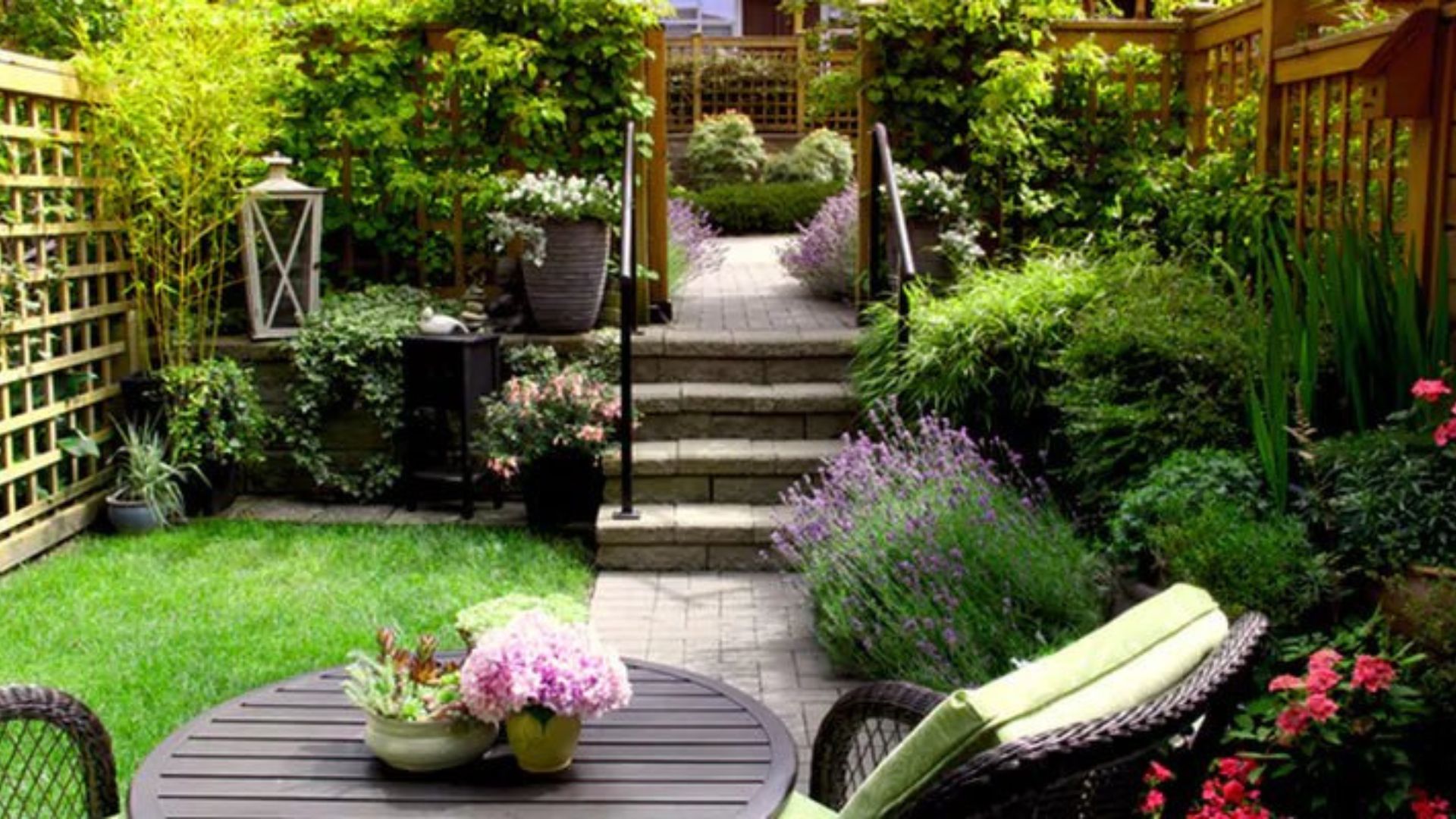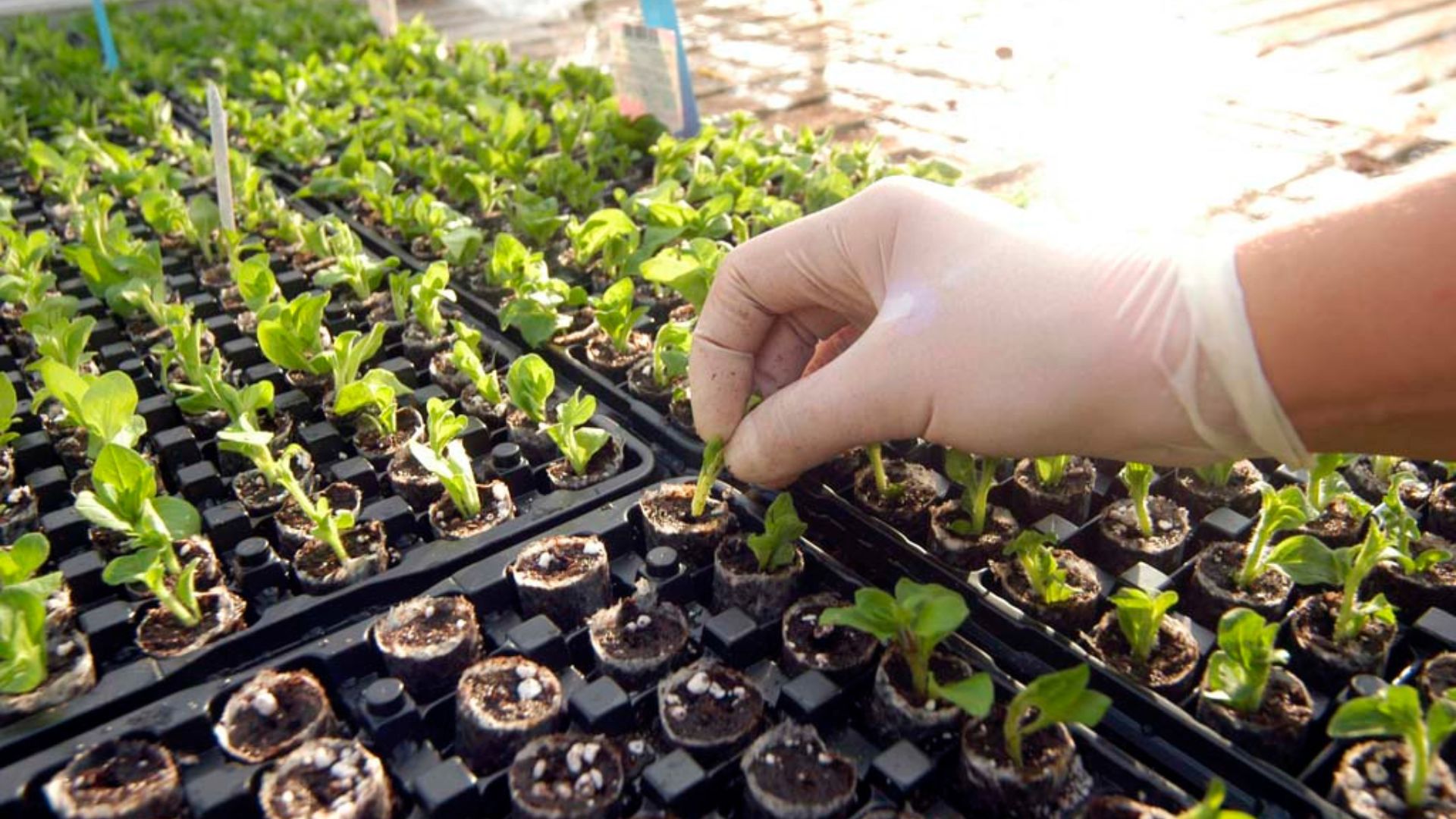Running a successful plant nursery means more than just growing beautiful, healthy plants—it also means knowing how to price them effectively. Set prices too low, and your profits suffer. Set them too high, and you risk driving away customers.
To strike the right balance, you need a pricing strategy that covers your costs, reflects market demand, and leaves room for healthy profit margins. In this guide, we’ll walk you through how to price your plants confidently and competitively—without undervaluing your hard work.
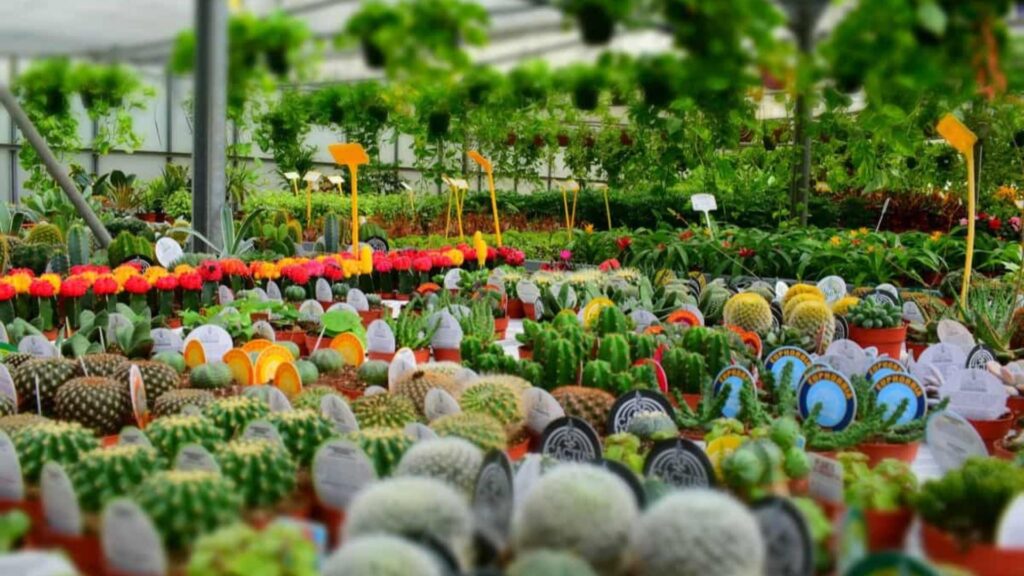
Understand All Your Costs First
Before you can set prices, you must know what it costs to grow and sell each plant. Pricing without this knowledge is guesswork—and often leads to losses.
Key costs to include:
-
Seeds or starter plants
-
Soil, pots, fertilizers, labels, and trays
-
Water and electricity
-
Labor (your time or hired help)
-
Pest control and organic treatments
-
Transportation (if delivering or sourcing externally)
-
Marketing, signage, and packaging
📌 Add a portion of your overhead costs (rent, insurance, equipment maintenance) to each plant’s price to ensure you’re covering every expense.
Calculate Your Cost Per Plant
Let’s say you grow 100 lavender plants, and your total cost for soil, pots, fertilizer, and labor comes to $200.
$200 ÷ 100 = $2 per plant (base cost)
If your overhead per plant is another $1, then your true cost is $3 per plant.
This gives you a solid baseline to start adding your profit margin.
Add a Reasonable Profit Margin
A typical profit margin for plant nurseries ranges from 30% to 100%, depending on plant type, rarity, and market demand.
So, if your cost per plant is $3:
-
A 50% margin = $4.50 selling price
-
A 100% margin = $6.00 selling price
You might price common herbs at a lower margin but rare indoor plants or flowering perennials at a higher one. Flexibility is key, but your goal is always to price for profit and sustainability.
Research Your Local Market
Even if your plants are top quality, pricing must reflect what customers in your area are willing to pay.
How to do this:
-
Visit local nurseries and note their prices for similar plants
-
Compare prices at farmers markets, garden centers, and even online
-
Consider your nursery’s position—premium, affordable, or eco-friendly?
🧠 Be sure to match value with price. If you’re offering organic plants or expert guidance, customers may be willing to pay a little more.
Use Tiered Pricing by Size or Maturity
Plants grow—and so can your profits.
A young basil seedling in a 3-inch pot might sell for $2, while a mature basil plant in an 8-inch pot could go for $8–$10. Tiered pricing gives customers more choices and maximizes your revenue per plant.
Consider:
-
Seedling stage (lowest price)
-
Transplant-ready stage
-
Fully established (highest value)
This method is especially useful for perennials, herbs, fruit trees, and indoor plants.
Bundle and Upsell Strategically
Bundling helps you sell more plants at once while offering customers added value.
Examples:
-
“3 herbs for $10” instead of $4 each
-
A pollinator-friendly plant set: lavender, echinacea, and bee balm
-
Starter kits with pot, plant, and care guide
Additionally, upsell by recommending:
-
Pots and soil
-
Natural fertilizers
-
Pest control solutions
When done well, bundles and upsells can boost both customer satisfaction and your profit margins.
Account for Seasonal Pricing
Plants have peak seasons—use that to your advantage.
-
Spring and early summer are prime planting seasons, so prices can be slightly higher.
-
Late summer or fall clearance may require discounts to move unsold stock.
-
Offer pre-orders or early-season discounts to build cash flow before planting peaks.
Seasonal adjustments help you stay competitive while managing supply and demand.
Consider Wholesale and Bulk Pricing
If you sell to landscapers, garden centers, or community groups, wholesale pricing can drive volume.
Tips:
-
Offer discounts on orders of 10, 25, or 50+ plants
-
Use a pricing tier that still gives you profit after lower margins
-
Set clear terms: minimum order amounts, payment deadlines, and delivery costs
Even at lower prices, bulk orders can significantly increase your revenue with fewer transactions.
Test, Monitor, and Adjust
Lastly, treat your pricing like an evolving strategy—not a fixed rule. If certain plants sell out quickly, you may be pricing too low. If others sit unsold for weeks, you may need to adjust.
Track:
-
Best-selling products
-
Customer feedback on pricing
-
Costs that change (like supplies or fuel)
-
Seasonal trends and competitor pricing
Be willing to test new prices and learn from what works—and what doesn’t.
Conclusion
Pricing plants in your nursery isn’t just about numbers—it’s about understanding value, demand, and business sustainability. When you calculate your true costs, add appropriate profit margins, research your market, and adapt to seasons, you set your nursery up for long-term growth.
Remember: the right price reflects both the quality of your plants and the expertise and care you bring to your business. Price confidently, and your nursery will not only survive—it will thrive.






